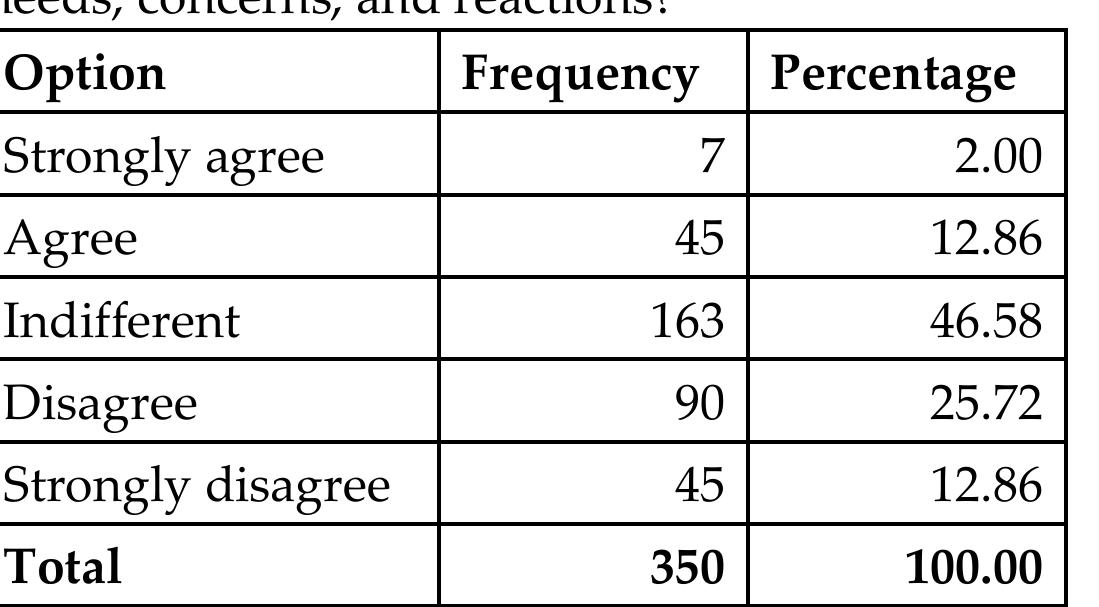Key research themes
1. How can systematic exploration of business process redesign alternatives improve the efficacy of Business Process Re-engineering (BPR)?
This theme investigates methodological frameworks and conceptual models that support the creation and evaluation of alternative process designs (to-be processes) during BPR initiatives. It addresses the gap in procedural guidance on how to develop and explore diverse redesign alternatives systematically, which is crucial for ensuring that process improvements are both feasible and impactful.
2. What is the impact of integrating information technology (IT), including web services and digital transformation, on the effectiveness and scope of Business Process Re-engineering?
This theme examines how modern IT advancements such as service-oriented architectures, web services, and digital transformation strategies influence the redesign, optimization, and automation of business processes within BPR. It also considers how IT expands BPR from isolated process reconfiguration to enabling flexible, integrated, and cross-organizational business processes.
3. What are the key challenges, critical success factors, and organizational considerations in implementing Business Process Re-engineering in public and service sectors?
This theme focuses on contextual and organizational factors influencing BPR implementation success, particularly in public administration and service industries. It emphasizes the distinct challenges these sectors face such as bureaucracy, cultural resistance, quality compliance (e.g., ISO 9001), and aligning BPR initiatives with strategic and operational objectives.





























































































